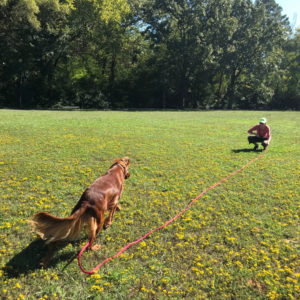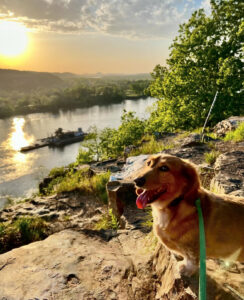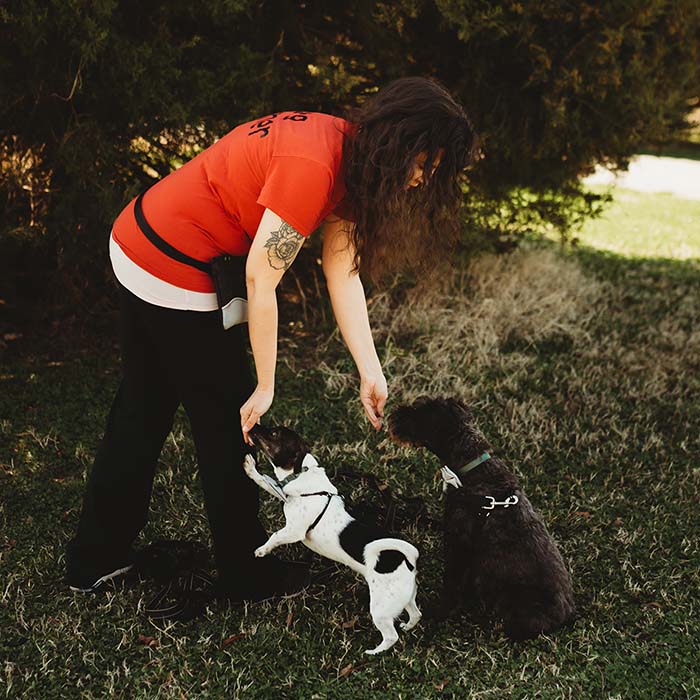Sheba
What I Learned from the Family Dog
I’d always loved animals.
I grew up drawing horses and dogs. Reading books like My Friend Flicka and Misty of Chincoteague and Black Beauty. Watching movies like National Velvet, The Man from Snowy River, and Wild Hearts Can’t Be Broken.
And I remember when my family went to get our dog, Sheba.
I was so excited. There was this puppy store in a strip mall about twenty minutes from our house. There were eight puppies in this makeshift pen in the store, and about six of them were so energetic and happy to see us. I didn’t know then what I know now about puppy mills.
I am not the best source for information about puppy mills. Here’s the Humane Society of the United States with more. What are other sources you’ve found that have been helpful? Let me know in the comments.
She was supposed to be my brother’s dog. He was ten, which is a pretty good age to get a puppy. I have seven brothers and sisters in total, and he was the brother right after me. I’m seventeen months older than him, so I was about 11. And I saw this cute little fluffy puppy, laying sprawled on the ground in the middle of the pen, and I wanted her. She also had one blue eye and one half-blue, half-brown eye, which was super cool. She was half-collie, half-husky, with the fluffiness of both a collie and a husky, but more so the coloring of a collie. Which meant she looked like Lassie, which was one of my favorite movies and dogs.
So I turned up the older sister pressure on my little brother, and we came home with her.
Over 20 years later, I’ve learned some things about dogs, things I definitely didn’t know as a child in the 90s, and one of them is to look at behavior a bit more. Because she had been sprawled out while the rest of the puppies were energetic, that tells me now that she was either sick or low energy or that something, at the very least, was wrong, because even when we interacted with her, she wasn’t super interested in interacting with us. This is something that never really changed over the time we had her. She loved being brushed. That’s the one thing she ever wanted, which makes sense, given the coat she had.
But my tips now include looking for the middle-energy puppy. The one that isn’t super pushy, but also isn’t super reserved. Think of your lifestyle. Don’t get a dog because you think it’ll push you to be more active. Daily walks are one thing, but high-intensity runs and hours-long ball sessions are quite another. If you’re already super active, a high-energy dog makes sense. If you aren’t, then either a middle-energy or low-energy dog makes more sense.
What I didn’t add to the podcast episode and video was that high-energy dogs still need training, and often a lot! They don’t always need to run for hours a day, but they do need high-intensity training to wear out their brain. A mixture of exercise and training is often the best path to take with high-energy working dogs.
Our father named her Sheba, and she was an outside dog.
There are still some things I struggle to talk about regarding Sheba. I really wanted to train her and have a relationship with her, but she was disinterested. Knowing what I know now, I would have gone about training her a bit differently. I tried the whole, say the word while holding a treat, because that was all that I knew, and it didn’t work. She was also incredibly difficult to walk, and goodness knows, we tried. She was a powerhouse of a dog, and she dragged me off my feet multiple times, and she’d go on a romp for hours before coming back home.
But also, the really challenging part was that I grew up in a family that struggled with food insecurity. There were a lot of us, and my father had lost his job while I was still pretty young. There were often days that we just didn’t have food. There’s a strong connection between poverty and animal abuse, and I still struggle with thinking about how I couldn’t make life better for Sheba.
Animals often mysteriously died in our home. I think about three cats died from drinking antifreeze, which is not an accidental death. I found a cat skeleton on the house once one spring when the snow thawed. Animal abuse is very connected to human abuse, which is why federal laws are coming into play more recently, and that’s what I experienced as a child, and what Sheba suffered from as well.
Emblem of Our House, which is the story of my sister’s death in 2018, can be found on my writing website and Instagram. As I mention in the podcast episode, I will be very careful about what questions I answer and what aspects of the story that I share.
It is important for me to say that I never hurt Sheba. I got frustrated with her, but I would just spend less time with her. And even when I got frustrated and stopped trying to train her and interact with her, I still took on the guilt of the life that Sheba had, which is horribly unfair for a child to take on. I didn’t have the resources. She was my father’s responsibility, and he treated her horribly. When my parents divorced, my mother took the three youngest children and left, and my father kept the house, the three middle children, who were young teenagers, and Sheba. And then he promptly abandoned everyone, including the dog.
Sheba was resourceful, and she stayed alive for thirteen years total, surviving off the creatures she killed in the backyard. I don’t know how long she was alone, because I’d been gone for years at that point, but I heard that at some point, my father went back and “rescued” her, which were the words that he used.
Over the years, starting before even I brought my dog, Jeeves, home, I’ve thought a lot about Sheba. The experience of having her and seeing what my father put her through was a lot to work through. I started to think that because I didn’t have the resources to take care of a dog, it meant I wasn’t any good at taking care of animals. I didn’t think I had any natural ability with training dogs because Sheba was difficult to train.
And suddenly, I was an adult myself. I had resources. I researched everything. I made sure I got books and read websites and got everything I needed. I would make sure my dog ate even if I didn’t have food. Jeeves got all of the training in a classroom setting, from basic obedience to Canine Good Citizen. He got toys and his own bed. He’s absolutely and exclusively an inside dog. I was determined to not only do things right by my own dog, but honor Sheba’s memory the best way that I could, in the way that I had failed her as a child.
I wish I had a chance to try again with Sheba. To try different methods of walking her. To try different techniques for training instead of just staring at her and expecting her to know what I wanted. To just spend more time with her and love on her in the ways I didn’t know how to as a kid. And when I became a dog trainer, using fear-free techniques and understanding communication between species is crucial to me. Every new dog I meet, whether in class, a private lesson, or at a shelter when I volunteer, is a new chance for me to try again. To give a dog a chance. To rely on resources I can now offer. And to not give up so easily.
Music for this podcast episode provided by Jim Ciago of Seven Second Chance on iTunes and Spotify, or of Nomad Neighbors playing around Denver most weekends. What are some of the lessons you learned from your childhood pets? Were there any things you wanted to change when you became an adult? Let me know in the comments or shoot me an email at info@telltaildogtraining.com. Telltail Dog Training offers group classes, private in-home lessons, and training walks for current clients in the Little Rock area. Find Telltail’s podcast here, or find additional information on Instagram, Facebook and YouTube.



